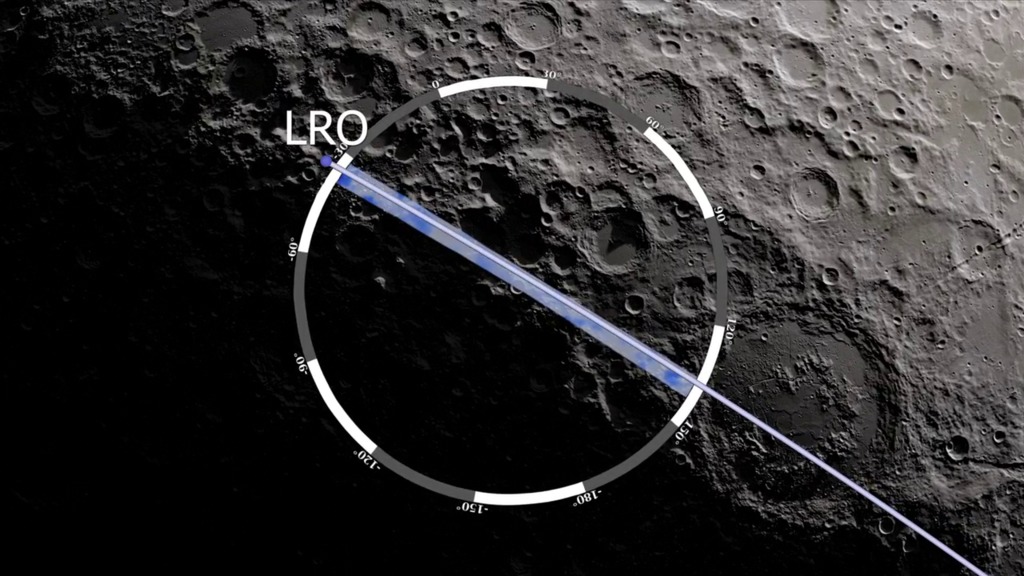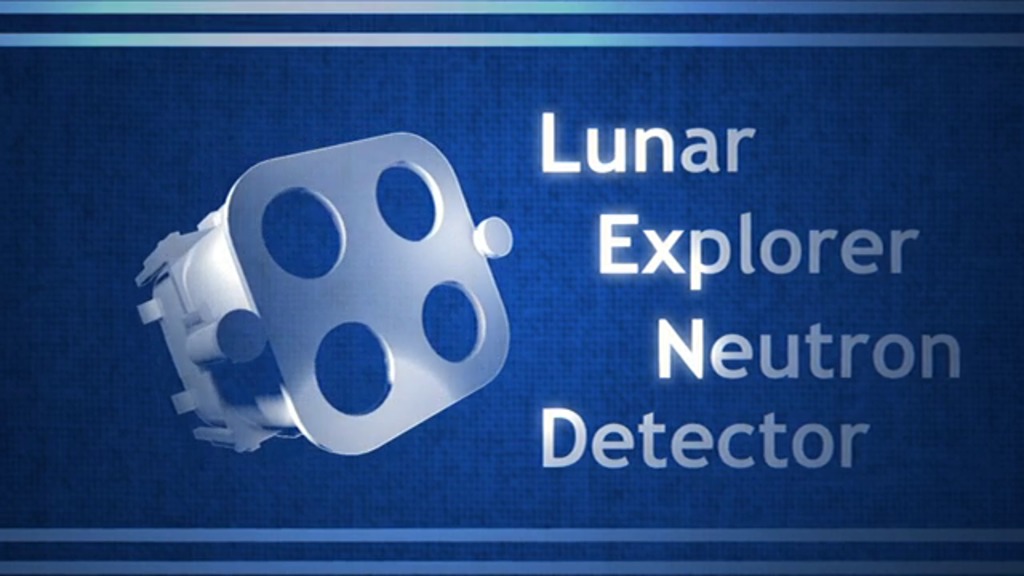Water On The Moon

A NASA spacecraft has found evidence of water ice buried beneath the lunar surface.
While probes and orbiters search the far-flung corners of the solar system for water, one spacecraft holds evidence that it could be hiding right in our backyard—on the moon. Data from NASA’s Lunar Reconnaissance Orbiter (LRO) suggest that water ice lies frozen near the surface at the moon’s cold, dark poles. LRO looks for water using its Lunar Explorer Neutron Detector (LEND) instrument, which detects the presence of hydrogen atoms by counting neutrons released from the moon’s soils. The measurements allow scientists to create maps that show areas of the moon that are rich in hydrogen, the main ingredient of water. Since LRO’s launch in 2009, the mission has identified likely deposits of water ice in a handful of craters on the moon’s south pole, including shadowy regions that have gone without sunlight for millions or even billions of years. Watch the video to learn more.
Find out how LRO uses its LEND instrument to look for water on the moon in this video.
This visualization shows LRO measurements of slow and fast neutrons over the moon’s south pole from July 2009 to July 2011.

Areas of the moon's south pole with possibly high deposits of frozen water are colored blue in this map.

LRO observations indicate that Cabeus, Shoemaker and Faustini craters show great potential for containing subsurface ice.
Credits
Please give credit for this item to:
NASA's Goddard Space Flight Center
-
Writer
- Kerry Klein (USRA)
-
Scientists
- Tim McClanahan (NASA)
- John Keller (NASA/GSFC)
- Richard Vondrak (NASA/GSFC)
-
Animators
-
Ernie Wright
(USRA)
- Chris Smith (Self)
-
Ernie Wright
(USRA)
-
Video editor
- Chris Smith (Self)
-
Narrator
- Chris Smith (Self)
-
Producers
- Chris Smith (Self)
- Dan Gallagher (USRA)
- Silvia Stoyanova (USRA)
-
Narration
- Chris Smith (Self)
Release date
This page was originally published on Tuesday, March 17, 2015.
This page was last updated on Wednesday, May 3, 2023 at 1:49 PM EDT.


